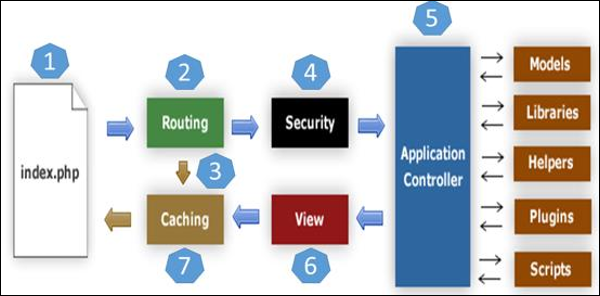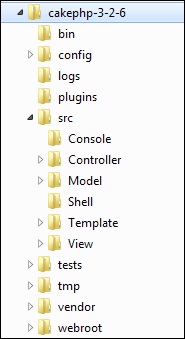At present, JavaScript is the fastest mainstream dynamic language available, and it is known as the lingua franca of the web. It is developed by Brendan Eich in the year of 1995 in 10 days.
Because of its effective features, JavaScript became popular and went global quickly. It was there in lab for a very less time, which was not enough to polish the language.
Because of its effective features, JavaScript became popular and went global quickly. It was there in lab for a very less time, which was not enough to polish the language.


 The following table describes the role of each folder −
The following table describes the role of each folder −